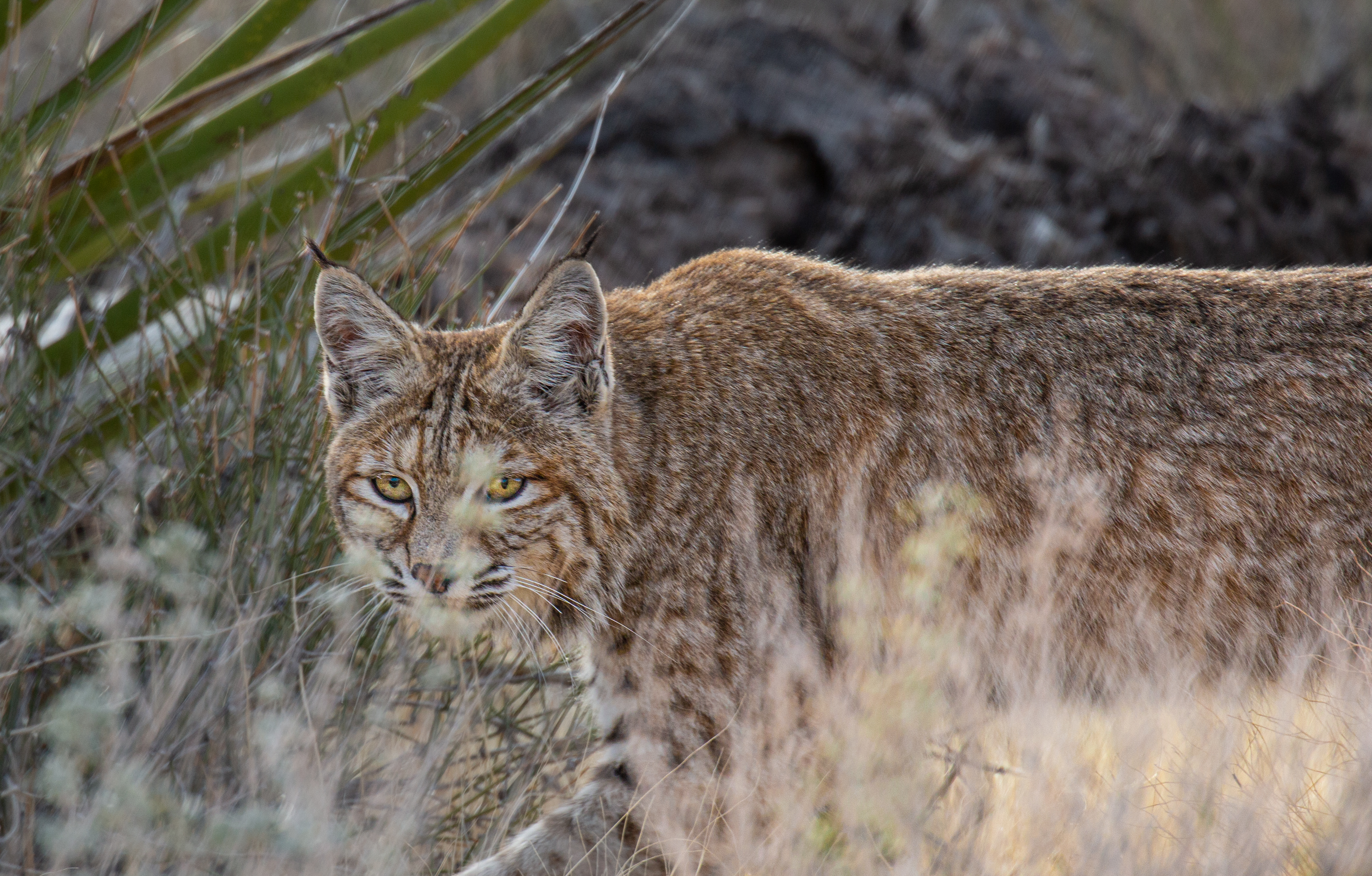Notable MammalsMammals are higher vertebrates. Mammals get their name from the fact they the nourish their young with milk secreted through their mammary glands. Some characteristics of mammals are that they have hair, fur or blubber which helps keep them warm. They are warm blooded, which means they maintain a near constant body temperature. Most mammals are born live. Over 4,600 mammals have been documented worldwide in habitats that range from mountain, ocean, forest and desert. Bats are the only mammals that truly fly and one of many that you may observe at night in the Mojave. There are 50 documented mammal species living within Mojave National Preserve. Some notable Mojave mammals are described in the associated links: |
Last updated: January 16, 2025

